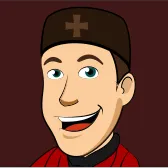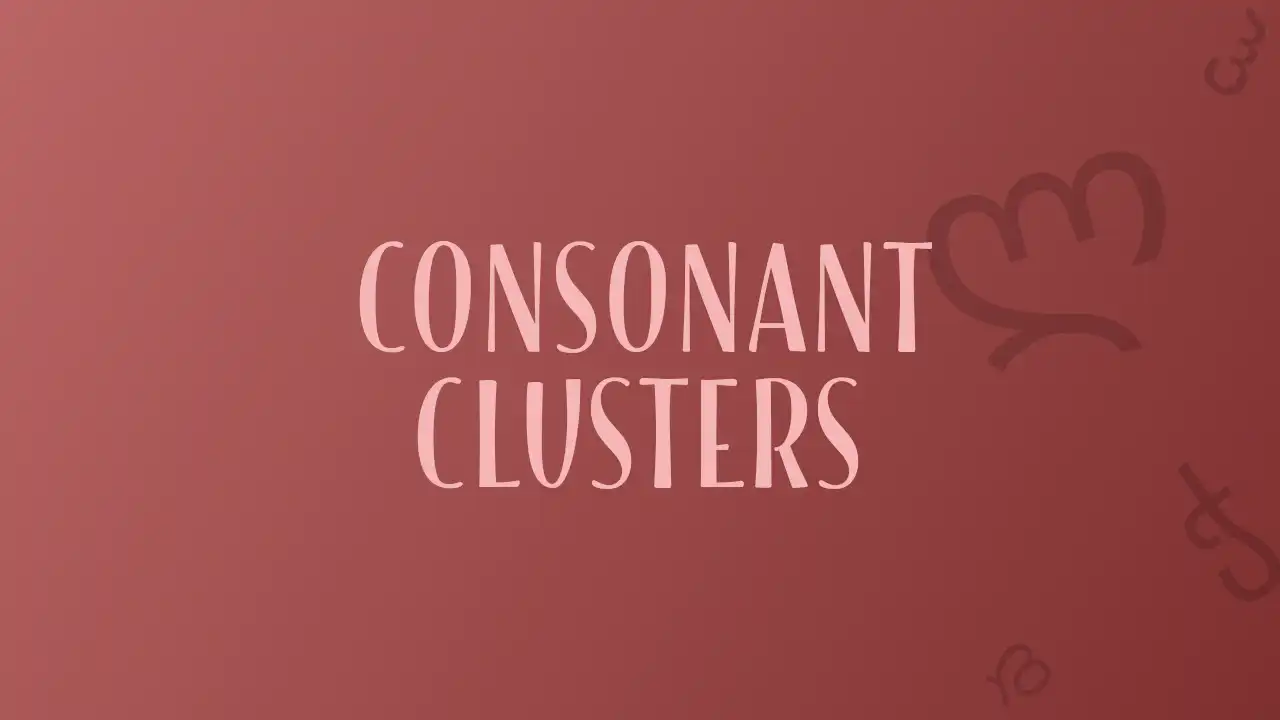Pronunciation Guide To Georgian Consonant Clusters

Written by

Gamarjoba! I’m Irakli, and welcome back to Talk In Georgian.
If you’ve just started learning our beautiful language, you’ve probably seen some words that look… well, impossible. I’m talking about words packed with consonants, with hardly a vowel in sight.
Maybe you’ve seen the internet-famous example: გვფრცქვნი (gvprtskvni). Eight consonants in a row! It’s enough to make anyone want to close their textbook and give up.
But I’m here to tell you a secret: it’s not as hard as it looks.
My goal with this guide isn’t to give you a complex linguistic breakdown. It’s to give you a simple, straightforward method to approach these “consonant clusters” so you can pronounce them with confidence. Let’s break it down.
Table of Contents:
What exactly is a consonant cluster?
First, let’s get our terms straight. A “consonant cluster” is just a group of two or more consonants that appear together in a word without any vowels between them.
You use them all the time in English without even thinking about it.
- ”Street” has a three-consonant cluster (str).
- ”Splash” has another (spl).
- ”Sixths” has a tricky one at the end (xths).
Georgian just likes to take this to the next level. While English usually stops at three or four consonants, Georgian can easily have four, five, six, or even more!
The word for “trainer” or “coach” is მწვრთნელი (mtsvrtneli). It has a four-consonant cluster (mtsvr) right at the beginning. But don’t worry, we’re going to tackle words just like this.
The trick to pronouncing Georgian consonant clusters
Here’s the most important rule: Do not add extra vowels.
Many English speakers try to pronounce მწვანე (mtsvane, “green”) as “mi-tsivane” or “mu-tsvane”. They instinctively want to add a little vowel sound (called a “schwa”) to make it easier.
In Georgian, you have to fight that instinct. Each consonant has its own distinct sound, and you just say them one after the other, as quickly as you can.
The method is simple: Break it down, then build it up.
Let’s use our example, მწვრთნელი (mtsvrtneli), and focus on that mtsvr cluster.
- Start with the first two consonants: Say “m-ts”. Practice just that sound.
მწ(mts). It’s a bit like the end of the word “cats” but with an “m” sound right before it. - Add the next consonant: Now, add the “v” sound.
მწვ(mtsv). Say “mts-v”. Go slow at first: m-ts…v. Mtsv. Mtsv. - Add the final consonant: Finally, add the “r” sound.
მწვრ(mtsvr). This is the hardest part. Say “mtsv-r”. Your tongue will have to move quickly from the “v” position to the “r” position. Mtsv…r. Mtsvr.
Once you can say the cluster, put it back into the word: მწვრთნელი (mtsvr-tneli).
This “break it down, build it up” method works for every single cluster in the Georgian language. It just takes a little patience.
Common clusters and how to say them
Let’s look at a few common clusters you’ll see all the time. I’ll give you some tips and example words for each.
| Cluster | Pronunciation Tip | Example Word | Transliteration | English |
|---|---|---|---|---|
| ცხ (tskh) | Say “ts” (like in “cats”) and then release a strong puff of air, like the “h” in “hat”. | ცხოვრება | tskhovreba | life |
| წყ (ts’q’) | This one is tricky. It’s an ejective “ts” sound followed immediately by an ejective “k” (like a clicking sound deep in your throat). | წყალი | ts’q’ali | water |
| მთ (mt) | Very simple, just like it looks. “m” then “t”. | მთა | mta | mountain |
| დგ (dg) | Make a clear “d” sound, then a clear “g” sound. Don’t blend them. | დგას | dgas | he/she/it stands |
| ბრწყ (brts’q’) | Our first big one! Break it down: b -> br -> brts’ -> brts’q’. | ბრწყინვალე | brts’q’invale | brilliant |
The final boss: გვფრცქვნი (gvprtskvni)
Alright, let’s tackle the big one. This word means “you peel us” or “you are peeling us.” The cluster here is ვფრცქვნ (vprtskvn).
Let’s use our method:
- ვ (v)
- ვფ (vp)
- ვფრ (vpr)
- ვფრც (vprts)
- ვფრცქ (vprtsk)
- ვფრცქვ (vprtskv)
- ვფრცქვნ (vprtskvn)
The key is to keep your lips and tongue moving quickly and precisely. It feels like a workout for your mouth at first!
Is this word common? Not really. It’s mostly used as a fun example of how complex Georgian can be. But if you can say it, you can handle almost any other cluster!
Tips for practicing your pronunciation
Knowing the method is one thing, but mastering it takes practice. Here are a few tips to help you get there.
- Listen to natives. This is the most important tip. Find Georgian music, watch Georgian movies with subtitles, or listen to Georgian podcasts. Pay close attention to how native speakers say these words. Your ears need to get used to the sounds before your mouth can make them.
- Record yourself. Use the voice memo app on your phone. Find a word with a consonant cluster, listen to a native speaker say it, and then try to record yourself saying it. Compare the recordings. It might feel strange at first, but it’s one of the best ways to hear your own mistakes.
- Go slow, then fast. Just like we did with the breakdown method, practice the sounds very slowly and deliberately at first. Once you feel comfortable, slowly increase your speed until it sounds natural.
- Use tongue twisters. Tongue twisters are a fun way to practice tricky sounds. Here’s a famous Georgian one that features the
ts'q'cluster:
— ბაყაყი წყალში ყიყინებს —
You can do it!
Georgian consonant clusters look like a huge wall to climb when you’re starting out. But they aren’t impossible.
Remember the key takeaways:
- Don’t add extra vowels.
- Break the cluster down into smaller parts.
- Practice each part and then build it back up.
- Listen to native speakers as much as you can.
Take it one cluster at a time, be patient with yourself, and have fun with it. Before you know it, you’ll be saying ბრწყინვალე and maybe even გვფრცქვნი like a pro.
Good luck with your practice